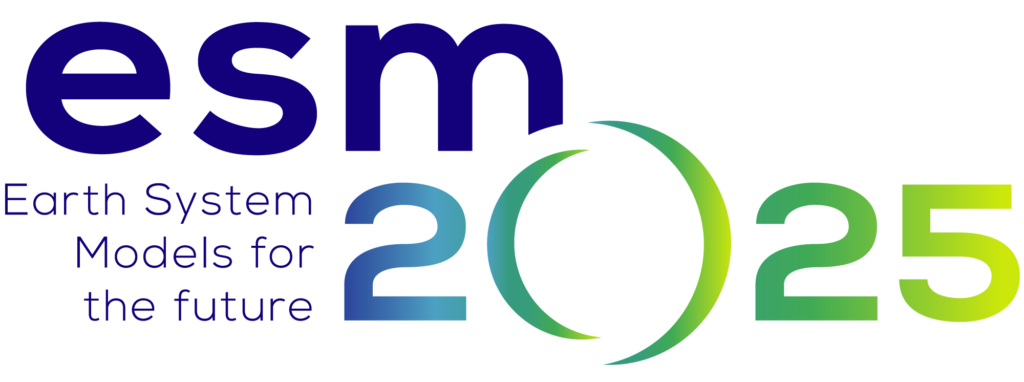WP2 - Land processes
Processes happening at the land-surface, like permafrost thaw, are currently a major source of uncertainty in the response of the Earth system to human-induced greenhouse gas and aerosols emissions. Improving our understanding and representation in models of these land feedbacks is crucial for delivering accurate estimates of climate change and carbon uptake.
In this work package (WP), we aim to improve the representation by ESM land surface models of processes leading to terrestrial emissions of N2O, CH4, CO2, aerosols and aerosols precursors. We will ensure the land surface and vegetation models accurately represent human land-use processes (link with WP10). These models will be used to explore new couplings and feedbacks in the ESMs (in Core Theme 2) and to inform the reduced complexity carbon-climate model OS-MAGICC used in WP11 and 12.
Our overall objective is to improve the representation of land surface processes that have a significant impact on climate. It is subdivided in four tasks aiming at 1) implementing the representation of key processes responsible of CH4 and N2O emissions; 2) implementing the representation of processes responsible for emission of fire and BVOCs aerosols; 3) improving the response of the vegetation to increasing atmospheric CO2 and nutrient availability; and 4) evaluating the added values of these model developments.
Institutions involved: Météo-France and Centre National de la Recherche Scientifique (CNRS-IPSL) are involved in all four tasks and are responsible of the coordination; Max-Planck-Gesellschaft zur Förderung der Wissenschaften (MPG) is involved in tasks 1, 2 and 4; Université Libre de Bruxelles (ULB) is involved in tasks 1 and 4; Meteorologisk Institutt (MetNo) is involved in tasks 2; the University of Exeter (UNEXE) is involved in tasks 3 and 4; Deutsches Zentrum für Luft- und Raumfahrt (DLR), Sveriges meteorologiska och hydrologiska institut (SMHI) and Met Office are involved in task 4.
WP2 Leaders

Christine Delire
In ESM2025, I coordinate the work aimed at improving the representation of processes leading to CH4 and N2O emissions by land surface models.

Nicolas Vuichard
In ESM2025, together with Christine Delire, I coordinate the Work Package 2 which aims at improving climate-related processes within land surface models. In particular I am interested in better constraining the response of the land productivity to the rise of atmospheric CO2 and change in nutrient availability. I am also involved in the Nitrogen cycle coupling (WP6/7) and land management modelling (WP10).
WP2 Milestones & Deliverables
MS2.1 – 30 November 2021
Definition of key diagnostics to evaluate planned ESM improvements at the process level (CT1/WP2/land) and with respect to coupled interactions and coupled performance (CT2). Identification of key observational data sets and initial scoping of diagnostics intended for ESMValTool
MS2.2 – 30 November 2021
Definition of common development pathways to combine natural land (WP2) and human land-use (WP7) parameterization developments in the project ESMs
MS2.3 – 30 November 2022
Preliminary versions of the new/improved terrestrial parameterization schemes passed to CT2 for coupling and initial testing
MS2.4 – 31 May 2023
Land simulations (CMIP6 LS3MIP, LUMIP and TRENDY) for evaluation of new/improved parameterizations made available to XCA1
MS2.5 – 31 August 2023
Updated versions of new/improved terrestrial parameterization schemes passed to CT2 for final coupling, tuning and use in XCA2 coupled demonstration simulations
D2.1 – 31 January 2024
Report on the implementation and evaluation of new representations of nutrient and atmospheric CO2 controls on vegetation productivity and terrestrial carbon uptake in the land-surface components of participating ESM2025 models
D2.2 – 30 November 2024
Report on the implementation and evaluation of new representations of terrestrial sources of CH4, N2O, primary (wildfire) and secondary (vegetation) organic aerosol in the land-surface components of ESM2025 models

